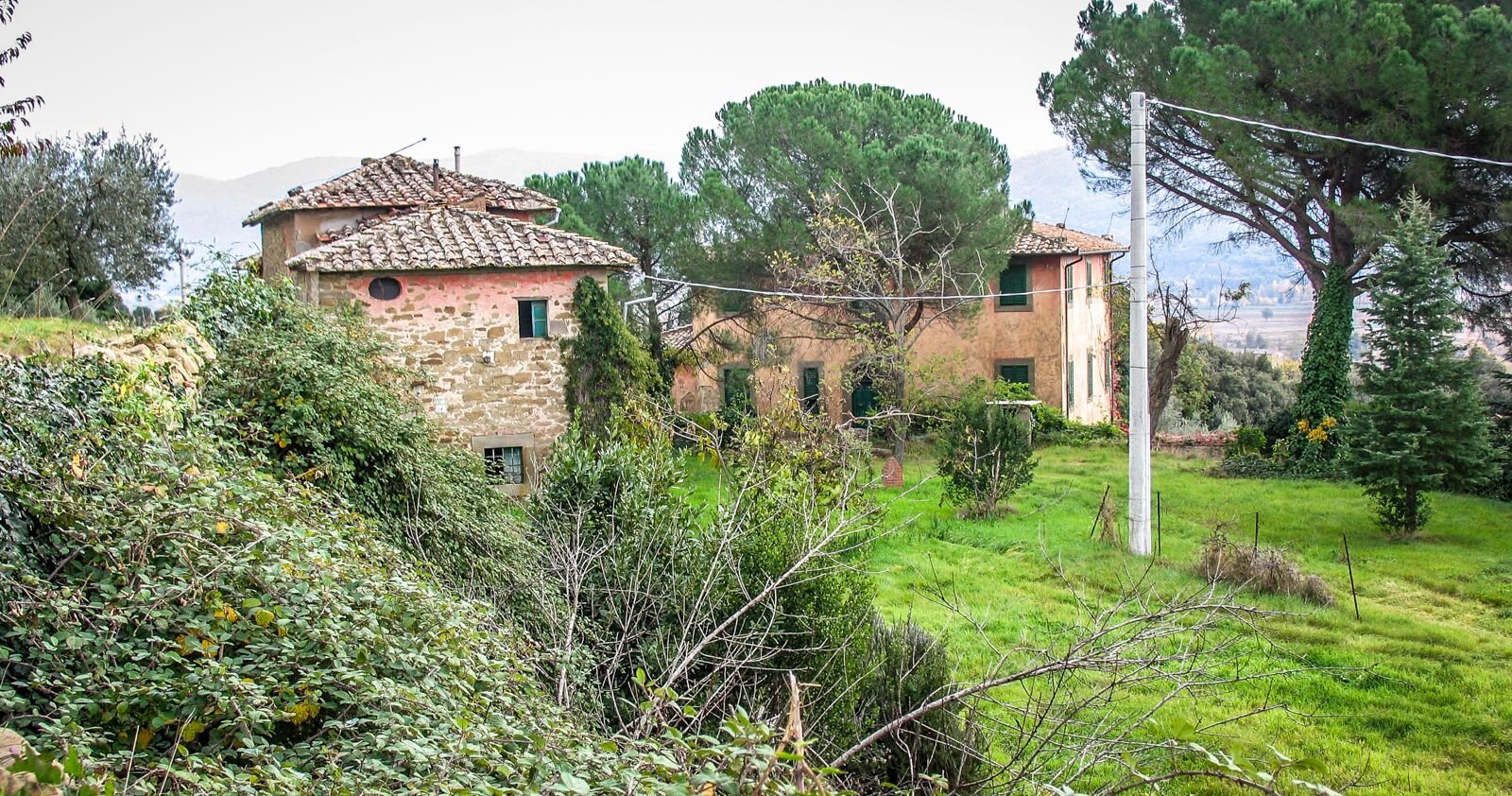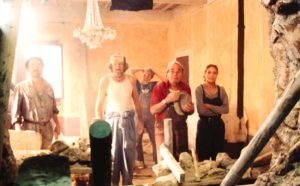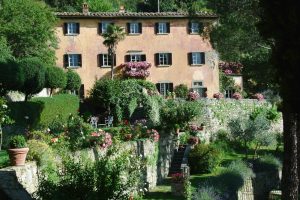
Movie Houses: Following The Draw of The Tuscan Sun
I might be alone on this one, but it seems that whenever/wherever I travel, I find myself fantasizing about what it would be like to live in these idealic worlds, far from the everyday stresses of home. Be it lakefront cottage communities near my home, oceanfront Nova Scotian fishing villages, Palm Springs desert view mid century moderns, Palapas in Puerto Vallarta or historical European towns. (Not so much Florida these days though due to their whack a doodle politics of late – shame though as I used to enjoy Fort Lauderdale). I gravitate towards local real estate offices, pressing my nose against their street facing windows, reviewing colourful postings of their latest offerings taped to the glass. Sometimes I’m amused by the affordability of properties, sometimes appalled by the prices or (more often than not) seriously contemplating “fucking it all”, packing up my life and relocating to these fascinating new lands and carefree lifestyles. How could it not be perfect – starting your day with a walk on the beach, gentle waves lapping at your feet as the sun peaks over the horizon; enjoying a morning brew at a street side café; engaging with the locals as you shop the quaint farm markets; enjoying alfresco meals with friends and ending the day on your expansive terrace with a local vintage as the sun sets – ahhh, heaven. You of course may have to remove the politics, crime, a need for a realistic income or the chance of a revolutionary war from the fantasy, but other than those small inconveniences, how could this not be a perfect life?
You can appreciate then my attraction to author Frances Mayes chronicling her own experiences doing just that. The film Under The Tuscan Sun (2003) is based upon her 1996 memoir “Under the Tuscan Sun: At Home in Italy” in which she chronicled her family’s purchase and restoration of an abandoned villa in Tuscany. Other than the main focus of recounting of her family’s adventures with the trials and tribulations surrounding renovating a 200-year-old building, Mayes’ novel is a combination of travelogue and a diary incorporating vignettes, recipes, and accounts of day trips throughout the Tuscan countryside. These little diversions greatly enhance the romance and attractiveness of the experience.
 The main change to the story is in the circumstances of central character Frances (named after the author as the book was written in the first person). In the book, Mayes bought and renovated a villa as a summer home with her husband, who were both well employed as university professors in the US. In the movie, the character had just gone through a painful divorce, is a writer crippled with writer’s block, is unhappy and well, basically homeless. This re-imagining of the lead set the stage for the villa and its renovation to become a metaphor for the character’s own redevelopment throughout the film.
The main change to the story is in the circumstances of central character Frances (named after the author as the book was written in the first person). In the book, Mayes bought and renovated a villa as a summer home with her husband, who were both well employed as university professors in the US. In the movie, the character had just gone through a painful divorce, is a writer crippled with writer’s block, is unhappy and well, basically homeless. This re-imagining of the lead set the stage for the villa and its renovation to become a metaphor for the character’s own redevelopment throughout the film.
The house in the book and the house Mayes still owns is called “Bramasole”, which literally means, “something that yearns for the sun.” Although the villa was called “Bramasole” in the movie, filming actually took place at a nearby house “Villa Laura”, which was constructed in 1504 outside the ancient town of Cortona some 100 kilometers southeast of Florence. The condition of Villa Laura did not need to be dressed up for the shoot, as, like Bramasole, it was derelict as having been abandoned for some time.
In keeping with the underlying premise of the book, that being a Love affair with Tuscany, most of the filming was locational throughout Italy – Florence, Positano, Rome and Montepulciano, but mainly at the Villa Laura in Cortona.
In the movie, the initial shots of the house show a forgotten and abandoned home in a dark a ruined state, mirroring the mental state of the main character. As the film progresses, and the villa is renovated, so too is the life of the fictitious Francis as she rediscovers herself and creates a new home, a new family and a new life. In reality, the house was not actually renovated in the movie; it was more or less dressed up and refreshed to fulfill the needs of the story. According to Audrey Wells, they scrubbed and polished it up a bit, then “filmed it in warmer, prettier light,” to make it appear that the house had been refurbished.
 After seeing the movie, Villa Laura, was purchased in 2006 by a wine making couple, the proprietors of Cline Cellars and Jacuzzi Family Vineyards in Sonoma, California. Unlike the movie, they more than prettied the Villa up. The couple spent four years renovating to bring the home up to today’s standards. During the process, over 200 truckloads of dirt and debris needed to be removed from the two main buildings, before the process of renovating could begin. Interestingly, this process of purging the site uncovered a stash of WWII ammunition which had been concealed on the property during the war.
After seeing the movie, Villa Laura, was purchased in 2006 by a wine making couple, the proprietors of Cline Cellars and Jacuzzi Family Vineyards in Sonoma, California. Unlike the movie, they more than prettied the Villa up. The couple spent four years renovating to bring the home up to today’s standards. During the process, over 200 truckloads of dirt and debris needed to be removed from the two main buildings, before the process of renovating could begin. Interestingly, this process of purging the site uncovered a stash of WWII ammunition which had been concealed on the property during the war.
The walled and now renovated property includes a 10-bedroom, 9.5-bath main house which has a private chapel original to the property. It also has a farmhouse, garden, grove of olive trees, a private lake, pool and a bocce court.
In 2012, the owners put the now renovated Villa Laura on the marker for 9.5 million euros (approximately $11.8 million USD). The villa, which can sleep 18 is, (at the time of writing), also available as a weekly vacation rental for those who like me want to experience living in the Tuscan countryside if even for a short time. Link to the villa rental can be found here